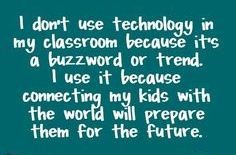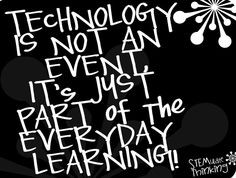
Wow P6 we feel like we are flying through our numeracy and maths curriculum this term.
Time is our big focus this term, along with worded problems, daily mental agility work and looking at our maths targets too.
In Time… we will be looking at the following. Ask yourself, can you…?
* apply understanding of the relationship between 12 hour am/pm and 24hour notation to read and set time on analogue and digital clocks
* write times for morning and afternoon in different ways
* change 12 hour clock to 24 hour clock and vice versa.
* understand that a timetable is: -a schedule listing events and the times at which they will take place -a schedule of times of arrivals and departures
* know that timetables are used to help to plan events and activities
* know that timetables display times in either 12-hour or 24-hour time
* read, use and interpret 12 and 24 hour times on a variety of timetables
* calculate time intervals to interpret timetables
* calculate durations of time using both 12 and 24 hour times
To add more CHALLENGE, COULD YOU…?
* estimate simple time durations
* calculate how long a journey or activity will take/took in hours and minutes
* know that speed is the distance travelled per unit time e.g. 40km/h means that we travel 40km in 1 hour
* know that there is a connection between time, speed and distance which helps us estimate how long a journey should take
* use proportion to estimate how long a journey takes, given the speed and distance
* understand that for a fixed distance, the faster you travel, the less time the journey takes
* estimate and select the shorter /longer route in a range of problem solving contexts
* begin to use knowledge of the link between time, speed and distance to estimate and calculate speed, distance or time in a variety of problem solving contexts without the use of a formula or the D/S/T triangle.














